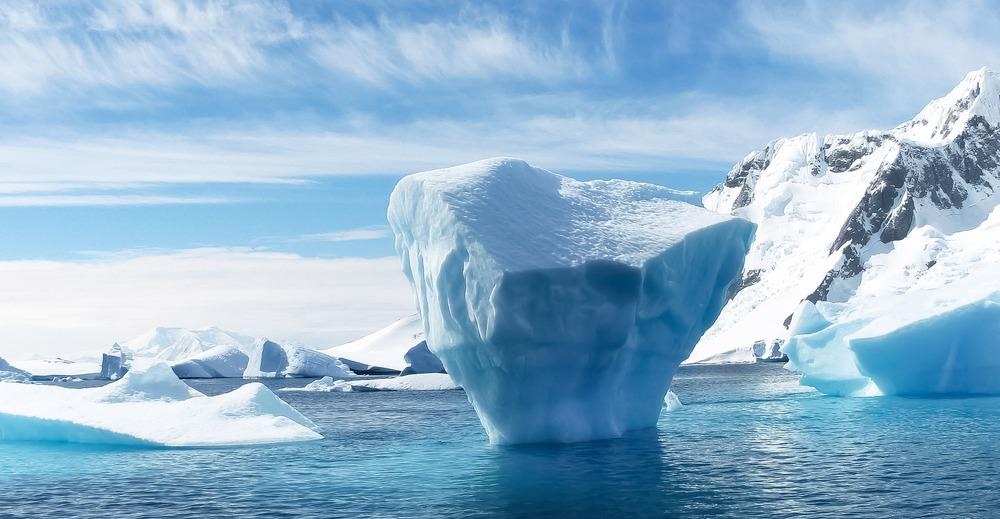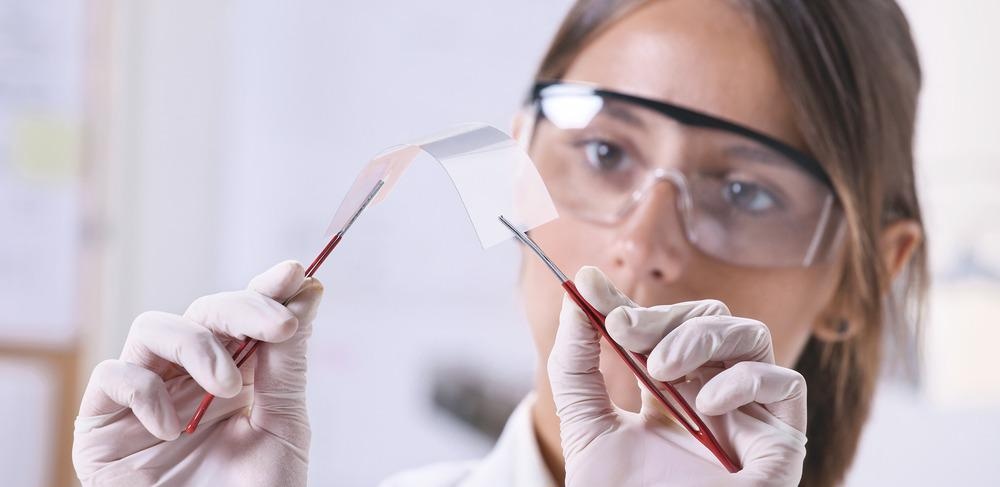The tiniest aspects of a common naturally occurring substance – ice – need to be closely studied to better understand the largest systems and systemic problems that we face – the weather and environment. Studying the chemistry and physics of ice and finding out why heat is needed to form ice on graphene contributes to this necessary and growing body of knowledge.

Studying the physics of ice is important for a deeper understanding of our planet and its climate. Image Credit: RED87PUTRA/Shutterstock.com
Major Gaps in Knowledge on a Microscopic Scale
Aspects of ice and its formation from water are well understood by physicists on a macroscopic scale. Phenomena such as hydrophobicity and ice nucleation, as well as wetting of dry surfaces, are fairly well studied at present.
However, the ways in which water interacts with itself and other surfaces at an interfacial level remain somewhat mysterious. This behavior is still a central question in diverse fields such as ice formation, friction, and protein folding.
Our understanding is limited by major gaps in our knowledge at the microscopic scale of the individual molecule. Our concept of how water interacts at this scale comes from theoretical approaches, mainly backed up by computation. There has been a lack of exploration in this area by experimental approaches.
Interactions occurring at the earliest stages of the formation of ice occur on exceedingly short timescales and take place over a space of mere nanometers. One of the greatest challenges of the physical sciences today is in unraveling these microscopic details to find out what is happening at the molecular level.
Here, experiments are met with great difficulty. Challenges include trouble in achieving enough contrast and resolution with imaging techniques and electron-based techniques which present a significant risk of damaging samples with emitted beams.
To overcome these challenges, researchers have been studying ice with the most delicate surface-probing technique available: helium (He) atom beam scattering. The technique is sensitive to hydrogen atoms in the top layer.
Freezing Water on a Graphene Surface to Study Ice Formation

Researchers have studied what happens when ice is formed on graphene. Image Credit: BONNINSTUDIO/Shutterstock.com
Researchers using this technique have been applying it to find out what happens when ice forms on graphene. When they place water on a graphene surface for their study, scientists noted that the behavior of the water was not as they would expect.
When water was applied to a graphene surface, long-range repulsive forces between molecules of water and graphene created a kinetic barrier to the process that leads to ice nucleation. This happened when the helium beam’s intensity was monitored, while the surface of the cold graphene was exposed to an increasing amount of water.
The reflected intensity of the helium beam came from the surface of the graphene. However, no reflected intensity was recorded in parts of the graphene surface where water or ice was forming a disordered arrangement.
Researchers prepared thick water films with the graphene surface heated to 100 K in this way, effectively suppressing the reflectivity of the helium beam.
Upon heating the surface to a specific temperature range, the researchers then found that the reflected intensity would recover after time. This would cause ice-covered areas to become smaller, with the graphene substrate remaining behind.
New Experimental Applications
The latest discovery leads to more experimental applications of the new process. Researchers used the helium spin-echo (HeSE) technique to measure molecular motion. This was based on the wave packet splitting and recombination technique.
Using HeSE spectroscopy, water molecules could be studied in motion with temporal sensitivity around picosecond timescales. Measuring graphene in this way shows a higher diffusion rate than experimental values for other substrates.
This is one of many new avenues of research that graphene has opened up. The fascinating material will continue to be a primary focus of cutting-edge scientists and technologists for decades to come.
References and Further Reading
Tamtögl, Anton et al. (2021). “Motion of Water Monomers Reveals a Kinetic Barrier to Ice Nucleation On Graphene.” Nature Communications. [Online] https://doi.org/10.1038/s41467-021-23226-5.
Disclaimer: The views expressed here are those of the author expressed in their private capacity and do not necessarily represent the views of AZoM.com Limited T/A AZoNetwork the owner and operator of this website. This disclaimer forms part of the Terms and conditions of use of this website.